Home>Garden Essentials>When To Plant Sweet Peas Seeds
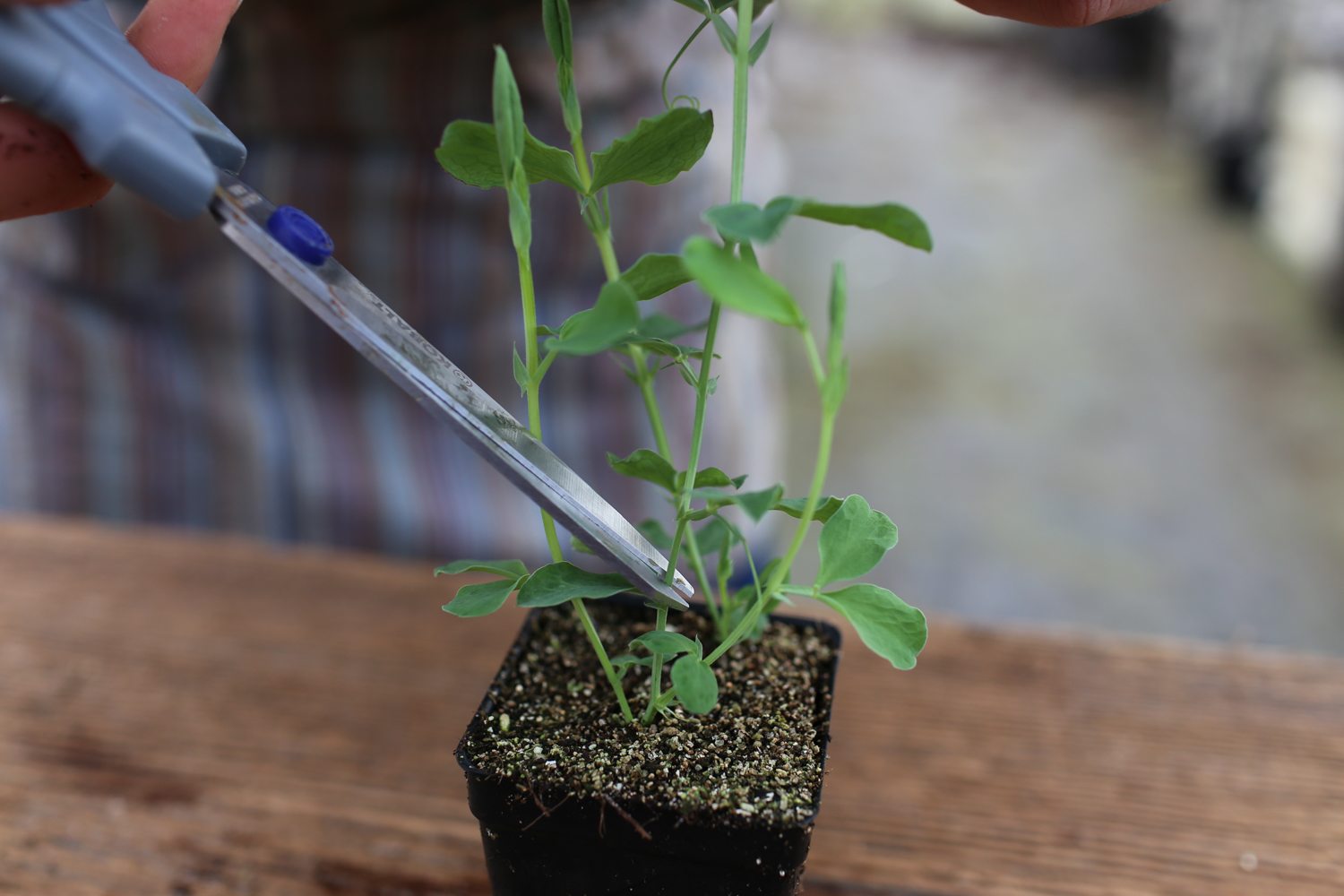

Garden Essentials
When To Plant Sweet Peas Seeds
Modified: March 15, 2024
Looking to plant sweet pea seeds? Find out the best time to do so in your garden for a blooming and fragrant addition to your outdoor space.
(Many of the links in this article redirect to a specific reviewed product. Your purchase of these products through affiliate links helps to generate commission for Storables.com, at no extra cost. Learn more)
Introduction
Welcome to the wonderful world of sweet peas! If you are an avid gardener or just starting out on your gardening journey, planting sweet pea seeds is a delightful and rewarding experience. With their vibrant colors, beautiful fragrance, and delicate blooms, sweet peas add a touch of elegance to any garden or outdoor space.
Before you embark on this gardening adventure, it is important to have a good understanding of when to plant sweet pea seeds. Timing is crucial when it comes to planting, as it can greatly impact the success and growth of your sweet peas. In this article, we will explore the factors to consider before planting sweet pea seeds, the best time to plant them, and the essential steps for ensuring their healthy growth.
So, grab your gardening gloves and let’s dive into the world of sweet peas!
Key Takeaways:
- Plant sweet pea seeds in early spring or late winter for best results. Consider factors like sunlight, soil, and temperature for successful growth.
- Provide support, water regularly, and watch out for common problems like powdery mildew and aphids to care for sweet pea plants.
Read more: When To Plant Pea Seeds
Factors to Consider Before Planting Sweet Pea Seeds
Before planting sweet pea seeds, there are a few important factors to consider to ensure optimal growth and success. These factors will help you create the ideal conditions for your sweet peas to thrive.
- Location: Sweet peas thrive in areas with plenty of sunlight. Choose a location in your garden that receives at least six to eight hours of direct sunlight each day. Additionally, sweet peas prefer well-drained soil, so make sure the area is not prone to waterlogging.
- Soil Preparation: Sweet peas prefer fertile, loamy soil. Before planting, prepare the soil by removing any weeds or debris. You can also amend the soil with organic matter like compost or well-rotted manure to improve its fertility and drainage.
- Support: Sweet peas are climbing plants and require support to grow. Install a trellis, fence, or other suitable structures to provide support for the sweet pea vines. This will prevent them from sprawling on the ground and promote better air circulation, reducing the risk of disease.
- Watering: Sweet peas need regular watering to keep the soil moist, especially during dry periods. However, be cautious not to overwater, as it can lead to root rot. Water deeply but infrequently, aiming to keep the soil consistently moist but not waterlogged.
- Temperature: Sweet peas prefer cool to mild temperatures. They thrive in temperatures between 50°F and 70°F (10°C and 21°C) during the day and around 40°F to 50°F (4°C to 10°C) at night. Planting sweet peas when temperatures are too hot or too cold can hinder their growth.
- Companion Planting: Sweet peas benefit from a technique called companion planting. Planting them alongside other flowers, such as marigolds or calendulas, can help repel pests and attract beneficial insects, thus promoting a healthy ecosystem in your garden.
By considering these factors and making the necessary preparations, you create the ideal environment for your sweet pea seeds to flourish.
Best Time to Plant Sweet Pea Seeds
The timing of planting sweet pea seeds is crucial for their successful growth and abundant blooms. Sweet peas are considered cool-season annuals, meaning they thrive in cooler temperatures. The best time to plant sweet pea seeds will depend on your location and local climate conditions.
In general, it is recommended to plant sweet pea seeds in early spring or late winter, when the soil is workable and the threat of frost has passed. This allows the seeds to germinate and establish strong roots before the temperatures rise.
If you live in a region with mild winters, you can even consider planting sweet pea seeds in the fall, allowing them to establish a strong root system during the cooler months and produce earlier blooms in the spring.
For colder regions, you may need to start sweet pea seeds indoors 4-6 weeks before the last frost date. This will give them a head start and protect them from the harsh winter conditions.
The actual timing may vary depending on your specific location. It is always a good idea to consult your local agricultural extension office or gardening experts to determine the optimal planting time for your area.
Regardless of the exact timing, it is important to ensure that the soil temperature is consistently around 50°F (10°C) before planting the seeds. If the soil is too cold, it can hinder germination and affect the growth of the sweet peas.
By planting sweet pea seeds at the right time, you give them the best chance to establish strong roots, grow vigorously, and produce abundant and vibrant blooms.
Steps for Planting Sweet Pea Seeds
Planting sweet pea seeds is a straightforward process that can be easily accomplished by following a few simple steps. Here is a step-by-step guide to help you get started:
- Prepare the Soil: Start by preparing the soil in the chosen planting location. Remove any weeds or debris and loosen the soil using a garden fork or spade. Amend the soil with organic matter like compost or well-rotted manure to improve fertility and drainage.
- Soak the Seeds: Sweet pea seeds have a hard outer coat, and soaking them overnight can help speed up germination. Place the seeds in a container filled with warm water and let them soak for 12-24 hours before planting.
- Choose a Planting Method: There are two common methods for planting sweet pea seeds: direct sowing or starting them indoors. Direct sowing involves planting the seeds directly into the soil where they will grow, while starting indoors allows you to give the seeds a head start before transplanting them outdoors.
- Direct Sowing: If you choose to direct sow, create a trench or furrow in the soil about 1 inch deep. Space the seeds evenly along the trench, leaving a few inches of space between each seed. Cover the seeds with soil and gently firm it down.
- Starting Indoors: If starting indoors, fill small containers or seed trays with a moist seed-starting mix. Plant one seed per container, placing it about 1 inch deep. Keep the containers in a warm and well-lit area, ensuring they receive sufficient sunlight or use a grow light.
- Transplanting: If you started the seeds indoors, wait until the seedlings have two or three sets of true leaves before transplanting them outdoors. Choose a cloudy day or the evening to minimize stress on the young plants. Dig a hole in the prepared soil, gently remove the seedling from the container, and place it in the hole. Backfill the hole with soil and firm it gently around the base of the seedling.
- Provide Support: Sweet peas are climbing plants and require support to grow. Install a trellis, fence, or other suitable structure near the plants as soon as they start to grow. This will provide support for the vines as they climb and prevent them from sprawling on the ground.
- Water Regularly: After planting, water the seeds or seedlings thoroughly to settle the soil and promote good root establishment. Continue to water the plants regularly, keeping the soil evenly moist but not waterlogged. Be mindful of dry periods and hot weather, as sweet peas may require more frequent watering during these times.
- Mulch and Care: Apply a layer of organic mulch around the plants to conserve moisture, suppress weeds, and maintain a consistent soil temperature. Monitor the plants for any signs of pests or diseases and take appropriate measures to control them. Regularly remove spent flowers to promote continuous blooming.
By following these steps, you will set your sweet pea seeds on the path to healthy growth and a bountiful display of beautiful blooms.
Plant sweet pea seeds in early spring, as soon as the soil can be worked. They prefer cool weather and will not tolerate hot temperatures. Soak seeds overnight before planting to help with germination.
Caring for Sweet Pea Plants
Sweet peas are relatively low-maintenance plants, but they still require some care to ensure their healthy growth and abundant blooms. Here are some essential tips for caring for your sweet pea plants:
- Watering: Sweet peas have moderate water needs. It is important to keep the soil consistently moist but not waterlogged. Water deeply and infrequently to encourage the roots to grow deeper into the soil. Watering in the early morning or late evening is ideal to minimize evaporation.
- Fertilization: Sweet peas are heavy feeders and benefit from regular fertilization. Use a balanced fertilizer or a slow-release granular fertilizer formulated for flowering plants. Apply the fertilizer according to the instructions on the package, avoiding overfertilization, as this can lead to excessive foliage growth at the expense of flowers.
- Support: As sweet peas grow, they will need support to climb. Monitor the growth of the vines and regularly tie them to the supporting structure with soft garden twine. This will prevent them from sprawling on the ground and promote better air circulation, reducing the risk of diseases.
- Pinching: To encourage bushier growth and more flowering branches, consider pinching the tips of the sweet pea plants when they reach a height of about 6 inches. This will stimulate lateral branching and result in a fuller and more compact plant.
- Deadheading: Regularly remove spent flowers by pinching them off at the base of the stem. This process, known as deadheading, promotes continuous blooming and prevents the formation of seed pods, which can divert energy away from flower production.
- Mulching: Apply a layer of organic mulch around the base of the plants to suppress weeds, retain moisture, and regulate soil temperature. Mulching also helps to prevent the soil from drying out too quickly and reduces the need for frequent watering.
- Pest and Disease Control: Monitor your sweet pea plants for any signs of pests or diseases, such as aphids, powdery mildew, or rust. Use organic pest control methods whenever possible, such as handpicking insects or using insecticidal soap. Remove any infected or damaged plant parts to prevent the spread of diseases.
- Harvesting: Sweet peas are not only prized for their beauty but also for their fragrant blooms. Harvest the flowers regularly by cutting the stems just above a leaf node. This not only allows you to enjoy the beautiful blooms indoors but also encourages the plant to produce more flowers.
With proper care and attention, your sweet pea plants will reward you with a dazzling display of colorful and fragrant flowers throughout the growing season.
Read more: When To Plant Sweet Pea Seeds
Common Problems and How to Solve Them
While sweet peas are generally resilient plants, they can sometimes encounter common problems that can hinder their growth and flowering. Here are a few common problems you may encounter while growing sweet peas and some tips on how to solve them:
- Powdery Mildew: Powdery mildew is a fungal disease that often affects sweet pea plants. It appears as a white powdery substance on the leaves, stems, and flowers. To prevent powdery mildew, ensure good air circulation around your plants by spacing them adequately and avoiding overhead watering. If powdery mildew does occur, remove and destroy affected plant parts and consider applying a fungicide labeled for powdery mildew control.
- Aphids: Aphids can be a common pest problem on sweet pea plants. These small insects can suck the sap from leaves and stems, leading to stunted growth and distorted leaves. Control aphids by regularly monitoring your plants and spraying them with a strong stream of water to dislodge the pests. You can also use organic insecticidal soap or neem oil to control severe infestations.
- Yellowing Leaves: Yellowing leaves can be a sign of various issues, including nutrient deficiencies, overwatering, or poor soil drainage. To address this, ensure you are watering your sweet peas properly, providing adequate nutrients through regular fertilization, and checking that the soil has good drainage. Adjusting these factors should help improve the health of your plants.
- Poor Flowering: If your sweet peas are not producing many flowers, there may be a few underlying causes. Insufficient sunlight, overcrowding, overfertilization with high nitrogen fertilizer, or poor pollination can all contribute to poor flowering. Ensure your plants are getting enough sunlight, thin them out if they are overcrowded, use a balanced fertilizer, and consider attracting pollinators to your garden by planting pollinator-friendly flowers nearby.
- Drying Out: Sweet peas are moisture-loving plants, and if they dry out, it can adversely affect their growth and flowering. To prevent drying out, ensure you are watering your plants deeply and regularly, especially during hot, dry periods. Applying a layer of organic mulch around the plants can also help retain soil moisture and prevent it from drying out too quickly.
- Leggy Growth: If your sweet pea plants are growing tall and leggy with weak stems, it could be due to insufficient sunlight or overcrowding. Make sure your plants are receiving adequate sunlight and space them out properly to allow for good air circulation, which will help promote stronger, more compact growth.
By addressing these common problems and implementing appropriate solutions, you can ensure the health and vitality of your sweet pea plants, allowing them to thrive and provide you with a beautiful display of blooms.
Conclusion
Congratulations! You are now equipped with the knowledge and understanding to successfully plant and care for sweet peas in your garden. By considering the factors that affect their growth, understanding the best planting times, following the steps for planting, and implementing proper care techniques, you can enjoy the beauty and fragrance of these lovely flowers throughout the growing season.
Remember to provide your sweet pea plants with a sunny location, fertile soil, and adequate support for climbing. Water them regularly, but avoid overwatering, and fertilize them appropriately for optimal growth and blooming. Keep an eye out for common problems such as powdery mildew, aphids, and yellowing leaves, and take the necessary steps to control and prevent these issues.
Enjoy the process of watching your sweet pea seeds sprout, grow into beautiful vines, and produce an abundance of vibrant blooms. The reward of their captivating fragrance and colorful flowers will surely bring joy to your garden and delight your senses.
So, grab your gardening tools, put on your gloves, and start planting those sweet pea seeds. With a little patience, care, and love, your garden will soon be transformed into a sweet pea paradise!
Frequently Asked Questions about When To Plant Sweet Peas Seeds
Was this page helpful?
At Storables.com, we guarantee accurate and reliable information. Our content, validated by Expert Board Contributors, is crafted following stringent Editorial Policies. We're committed to providing you with well-researched, expert-backed insights for all your informational needs.
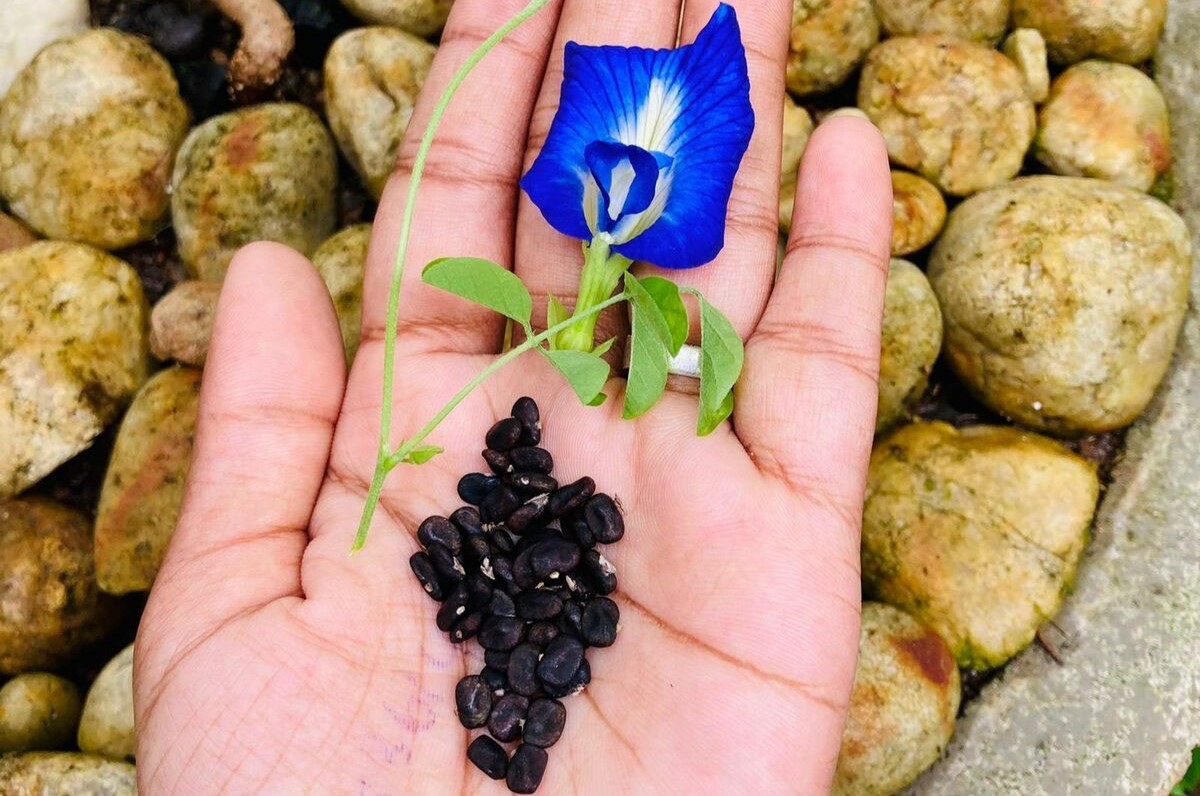
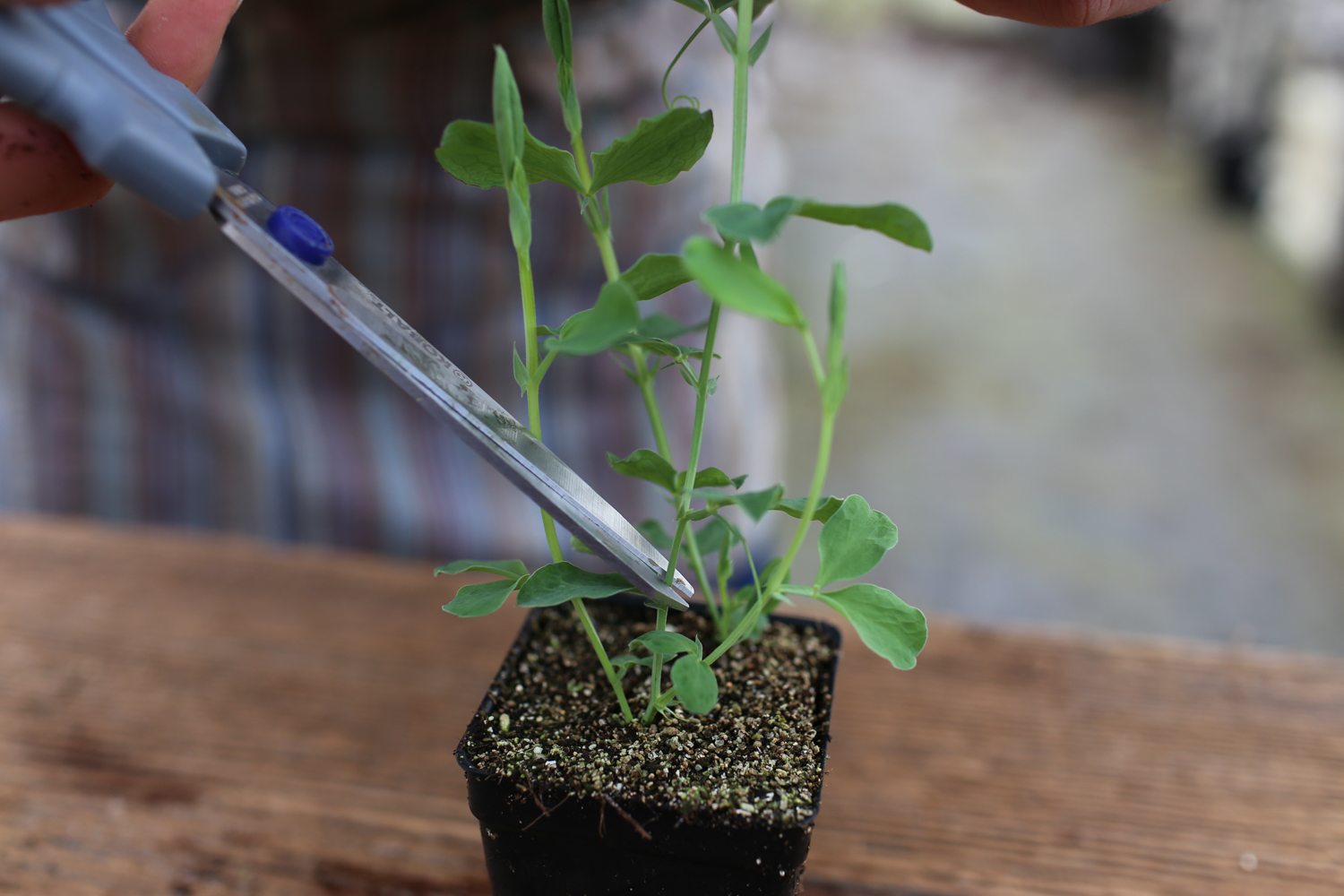
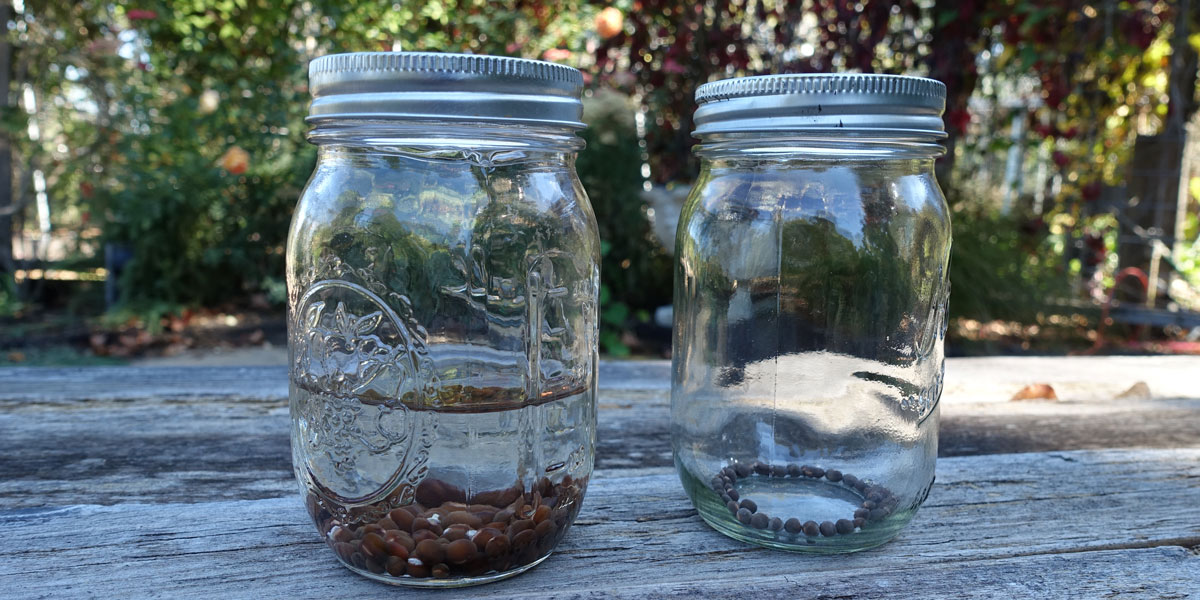










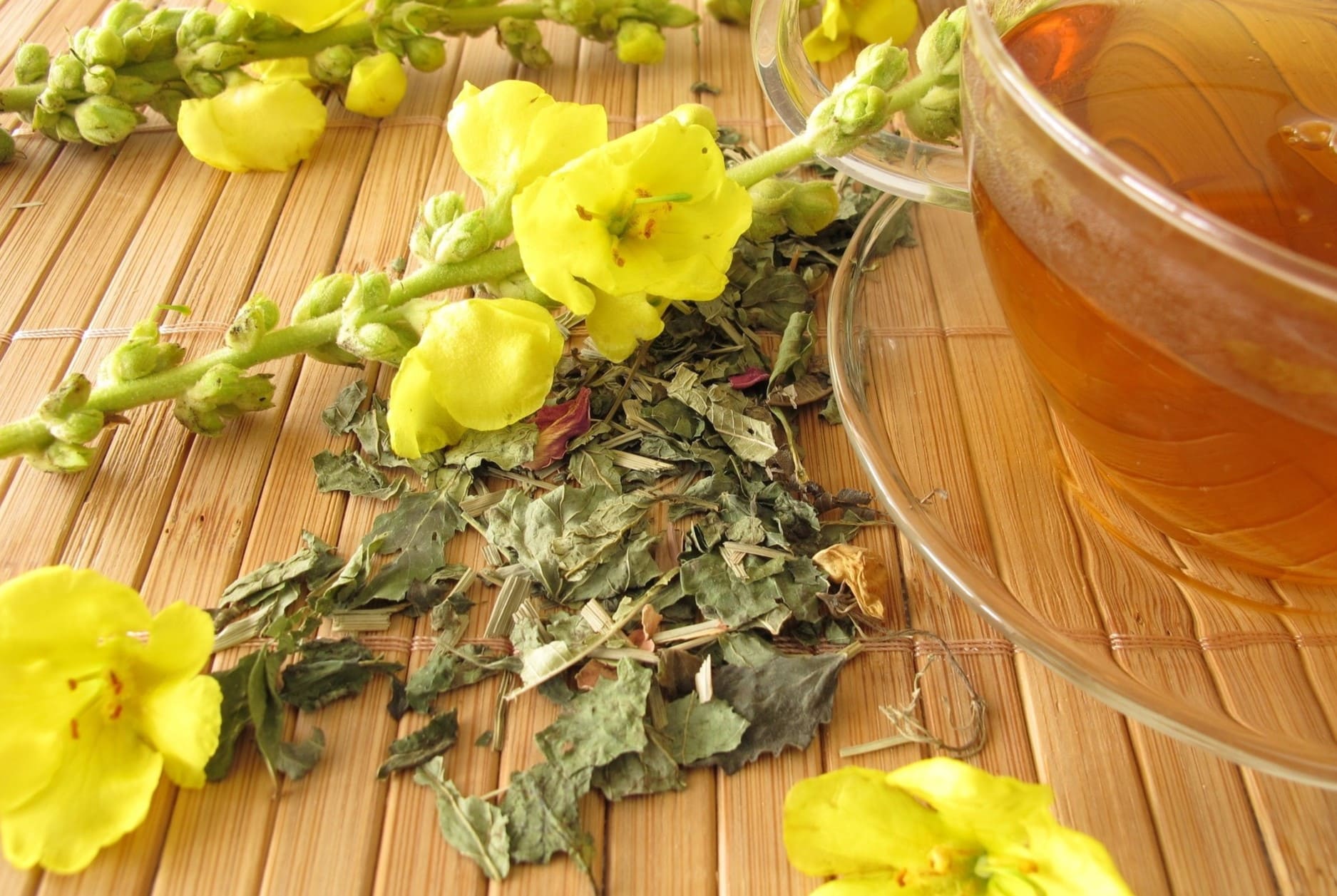

0 thoughts on “When To Plant Sweet Peas Seeds”